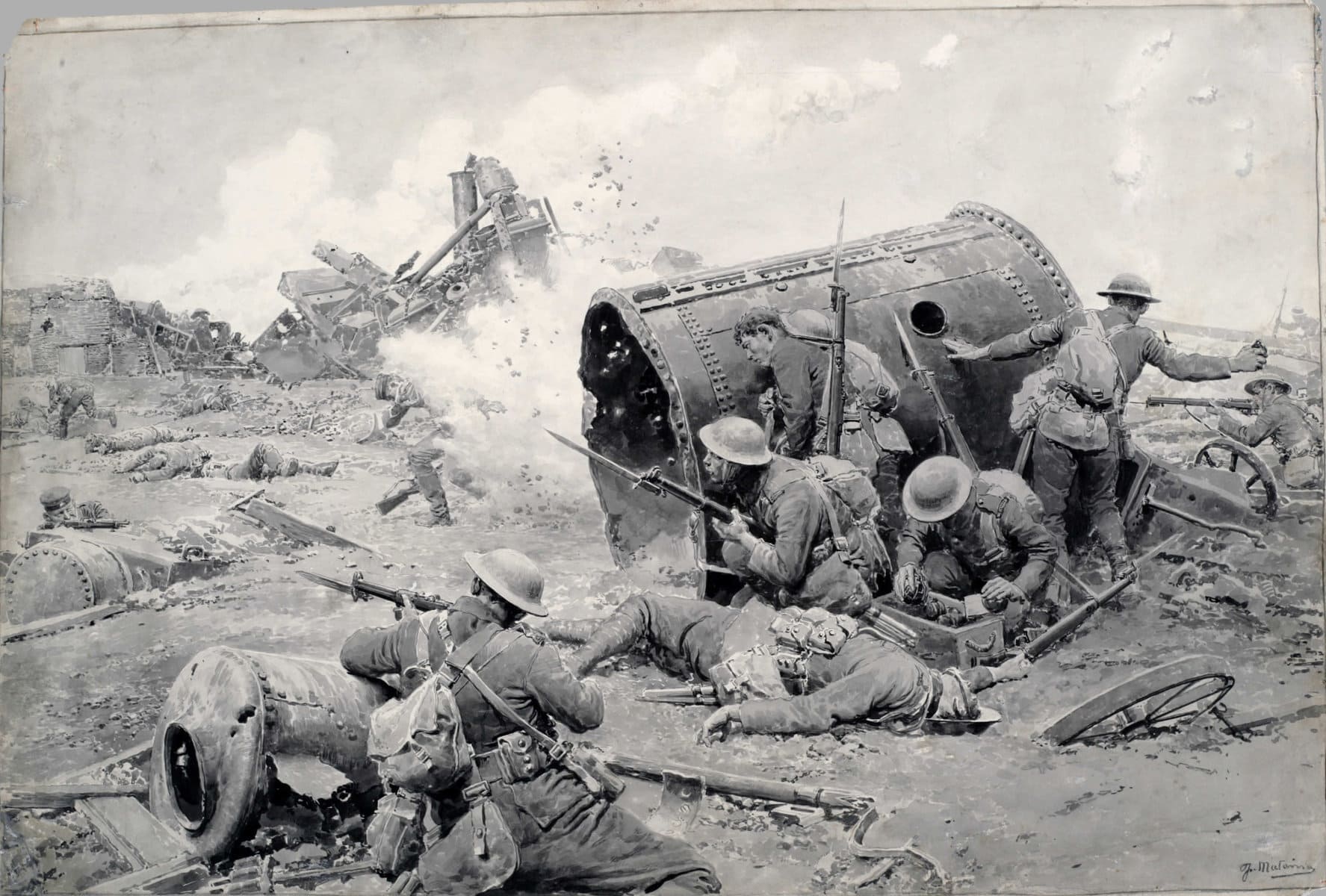In both world wars, there were men killed in action or who died in service who had a connection with Niagara-on-the-Lake but for various reasons were not commemorated on either the memorial clock tower cenotaph in Old Town or the Niagara Township war memorial in Queenston. In some cases, they lived for only a brief time in Niagara and had no family here when the monuments were built. In other instances, they had lived near McNab, not then part of NOTL or Niagara Township. While their names are not read out at the ceremonies at these monuments on Remembrance Day, they too should be remembered.
Ron Dale
Special to The Lake Report
William Edward Rossiter had a challenging life growing up in Somerset County, England.
Born in Shepton Mallet on March 19, 1889, he was initially raised by his grandmother, widow Hester Rossiter, whose husband Job had died a year before the birth of William Edward.
Hester remarried to Samuel Clarke and William Edward continued to live with them.
William Rossiter immigrated to Canada and eventually resided in McNab, now part of Niagara-on-the-Lake, staying with his cousin Bertha Wilson and her husband Arthur.
Rossiter trained as an ironworker and worked in St. Catharines. His closest relatives, with whom he frequently corresponded, were his uncle George and aunt Marie Anna Rossiter, who owned Cannard’s Grave Inn located in Shepton Mallet in Somerset.
Soon after the outbreak of the First World War, Rossiter enlisted for active service overseas. He already had an interest in the army, having served for a few years in the 19th Lincoln militia regiment as a part-time soldier.
He signed on with the 19th Battalion, Canadian Expeditionary Force on Nov. 12, 1914.
Private Rossiter trained with his battalion at the Toronto Exhibition Camp from November 1914 to May 1915. On May 13, the unit was taken by train to Montreal where the soldiers boarded the RMS Scandinavian for shipment to England and the war. Ten days later, they disembarked at Plymouth Sound.
The 19th Battalion was sent to Shorncliffe Camp in West Sandling to continue training. After four months, they were considered ready to enter combat.
They were marched to Folkestone and embarked on Sept. 14, 1915, landing in Boulogne, France, the following morning, part of the 2nd Division of the Canadian Corps.
A week after landing in France the battalion entered the trenches near Wulverghem, Belgium, and soon began to suffer casualties. The men continued to serve at the front with intervals of manning the front-line trenches and periods of duty in the reserve trenches with occasional withdrawal to the rear areas for rest.
On Oct. 22, 1915, Private Rossiter wrote to his uncle George and aunt Maria: “The trenches are hard on a man all the time as we don’t get proper rest, and none too much to eat.”
He may have regretted enlisting when he wrote, “I shall be glad when this war is over.”
He also spoke of the casualties in his unit and the seemingly random ways in which men met their doom. Like so many soldiers, he believed in fate.
“It’s a game of luck,” he stated.
In April 1916, the men fought in their first major offensive in the operations at the St. Eloi craters from April 7 to 12 during which time they beat back German attacks and counterattacked to drive the Germans from the crater positions.
The battalion suffered 125 casualties including 29 killed, but Rossiter survived without a scratch.
That June, the 19th Battalion was again involved in a major battle, the Battle of Mount Sorrel in the Ypres Salient in Belgium. During their time on the front line, from June 5 to 11, more casualties were incurred.
Rossiter came through unscathed, while around him men were killed or wounded daily.
The 19th Battalion moved from the Ypres sector to the Somme in late August, moving into the front-line trenches on Sept. 10 in preparation for an attack on Courcelette, part of the larger and bloody Battle of the Somme that began on July 1 and finally ended on Nov. 18.
On Sept. 15, the 19th Battalion went “over the top” in the second wave of attackers of the 2nd Division Canadian Corps.
During the battle, the fiercest fighting took place in the ruins of a destroyed sugar refinery. In that battle, the 19th Battalion suffered more than 250 casualties, killed, wounded, or missing.
For Pte. William Edward Rossiter, the “game of luck” had finally turned against him. He was killed on Sept. 16 at the sugar refinery.
The location of his burial, if indeed a grave was ever dug, is unknown. He is commemorated on the Vimy Memorial in France.
- On the heels of The Lake Report’s 53-part “Monuments Men” series, which exhaustively documented the story of every soldier commemorated on the town’s two cenotaphs, Ron Dale’s “Missing in Action” stories profile Niagara-on-the-Lake soldiers who died in wartime but are not listed on the town’s monuments.










